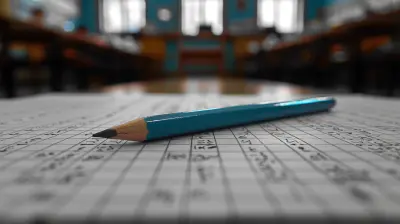How to Create a Culture of Curiosity and Innovation in Schools
25 July 2025
Ever wondered what makes some classrooms feel like a magical land of discovery, while others feel like, well… a long, slow march toward nap time? The secret sauce isn't some fancy technology or an ultra-modern curriculum—it's curiosity and innovation!
But here’s the catch: curiosity can’t be forced (trust me, I’ve tried bribing myself to be interested in tax documents… didn’t work). Instead, we need to cultivate it, like a gardener carefully tending to a wild, wonderful garden of young minds.
So, how do we turn schools into curiosity factories instead of boredom factories? Let’s dive in! 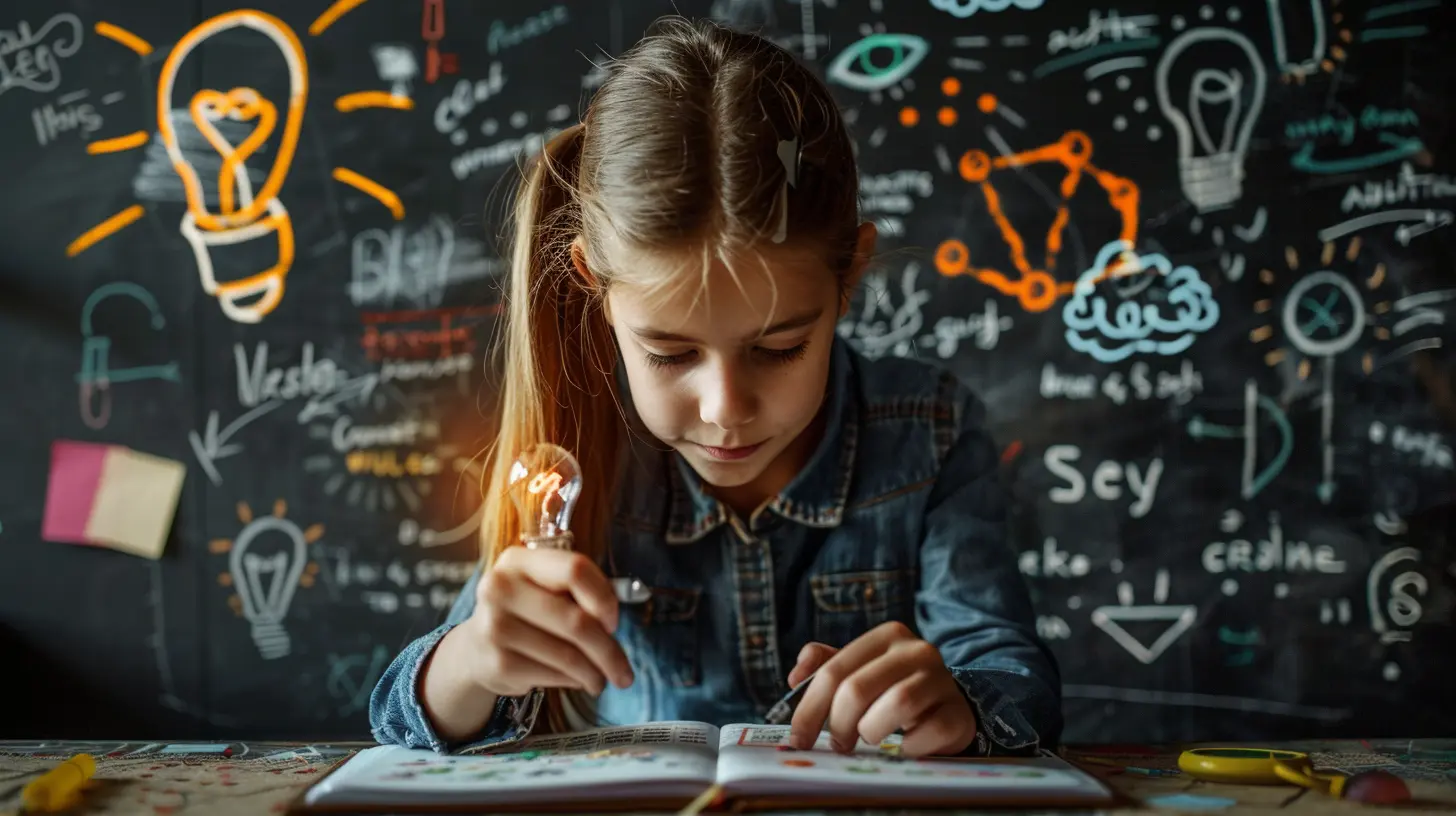
🚀 Why Curiosity and Innovation Matter in Schools
Think about the greatest discoveries of all time—electricity, space travel, pizza delivery apps. What do they all have in common? Curious minds!When kids are encouraged to ask questions, experiment, and think outside the box, they don’t just memorize facts for the next test. They actually understand the world around them and develop real problem-solving skills.
Innovation, on the other hand, takes things a step further. It’s curiosity in action—using imagination and creativity to improve, build, or completely rethink how things work. Schools that foster both curiosity and innovation set students up to be tomorrow’s innovators instead of just today’s test-takers.
Sounds great, right? So, how do we make this happen? 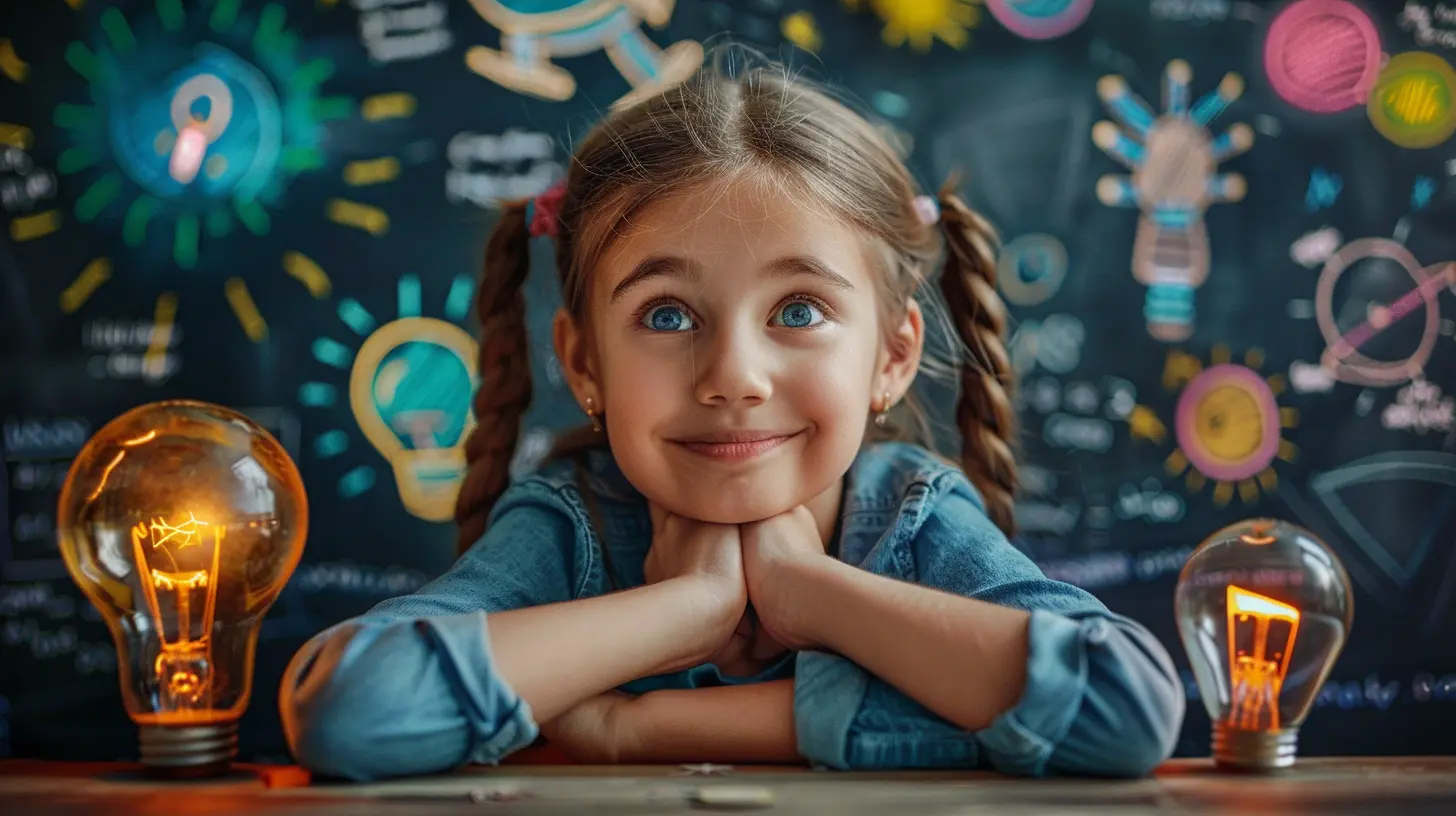
🏫 Step 1: Create a Safe Space for Questions (Even the Weird Ones)
Kids love asking questions—until they learn that some questions are “stupid.” And that right there is how we kill curiosity.In a curiosity-driven classroom:
- No question is too silly.
- No idea is laughed at (unless it’s actually funny—because humor is awesome).
- No student feels embarrassed for not knowing something.
Encourage questions like:
- “What if the sky was green instead of blue?”
- “Could we live on Mars if we wore super warm sweaters?”
- “Why do we have to learn algebra?” (Okay, this one’s a classic.)
The moment kids feel safe to ask anything, their brains start stretching in new and exciting ways! 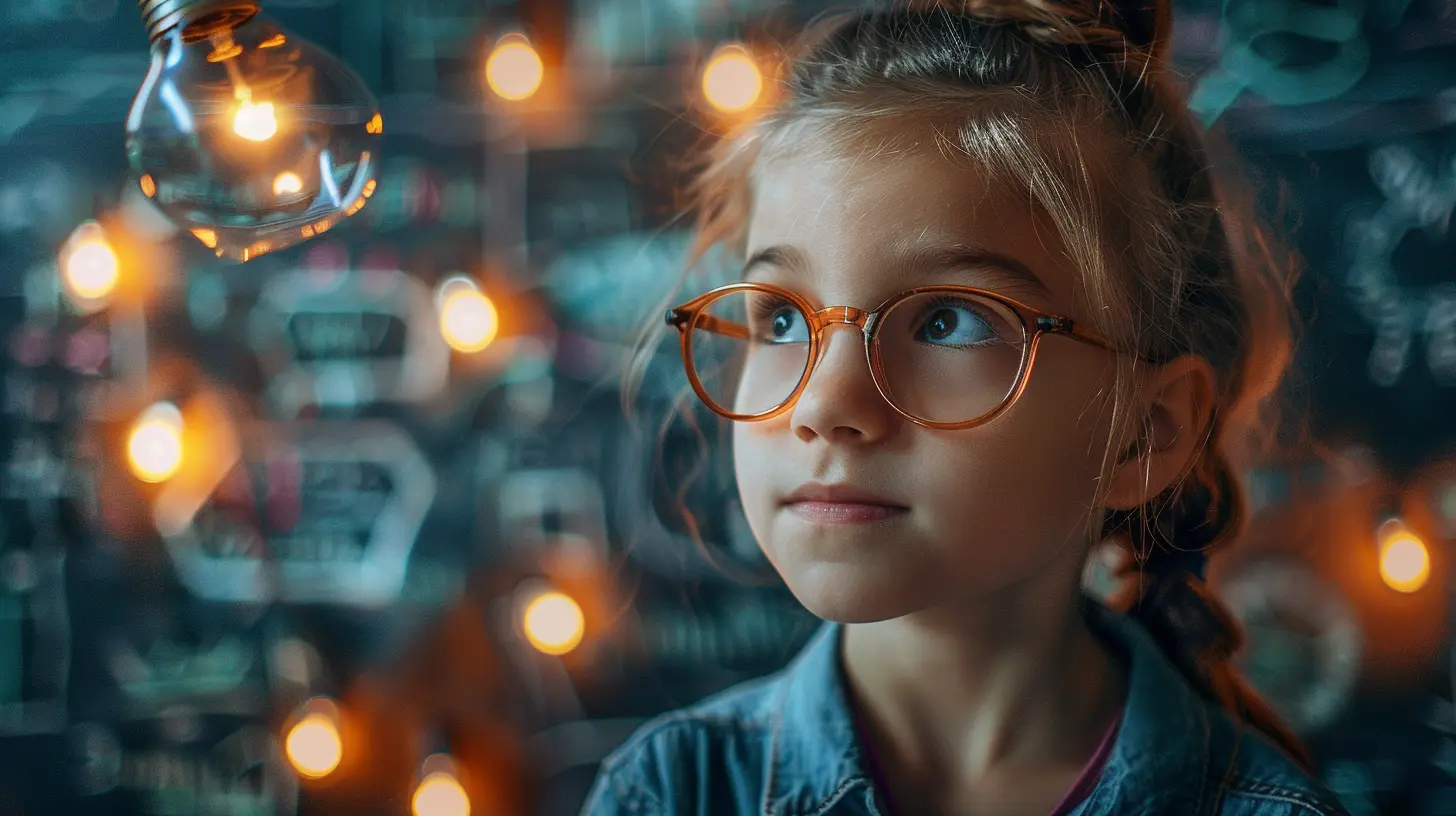
💡 Step 2: Encourage Hands-On Learning (Because Lectures Are Snooze-Worthy)
Let’s be real—nobody remembers a textbook page from five years ago. But that time they built a baking soda volcano and it exploded all over the classroom? Yeah, that stayed with them forever.Experiential learning—aka learning by doing—is where curiosity and innovation thrive. Some ideas include:
- Science experiments 💥
- Building projects ⚙️
- Group challenges 🤔
- Role-playing historical events 🎭
When kids get to create something, their brains light up like a Christmas tree. The more hands-on, the better! 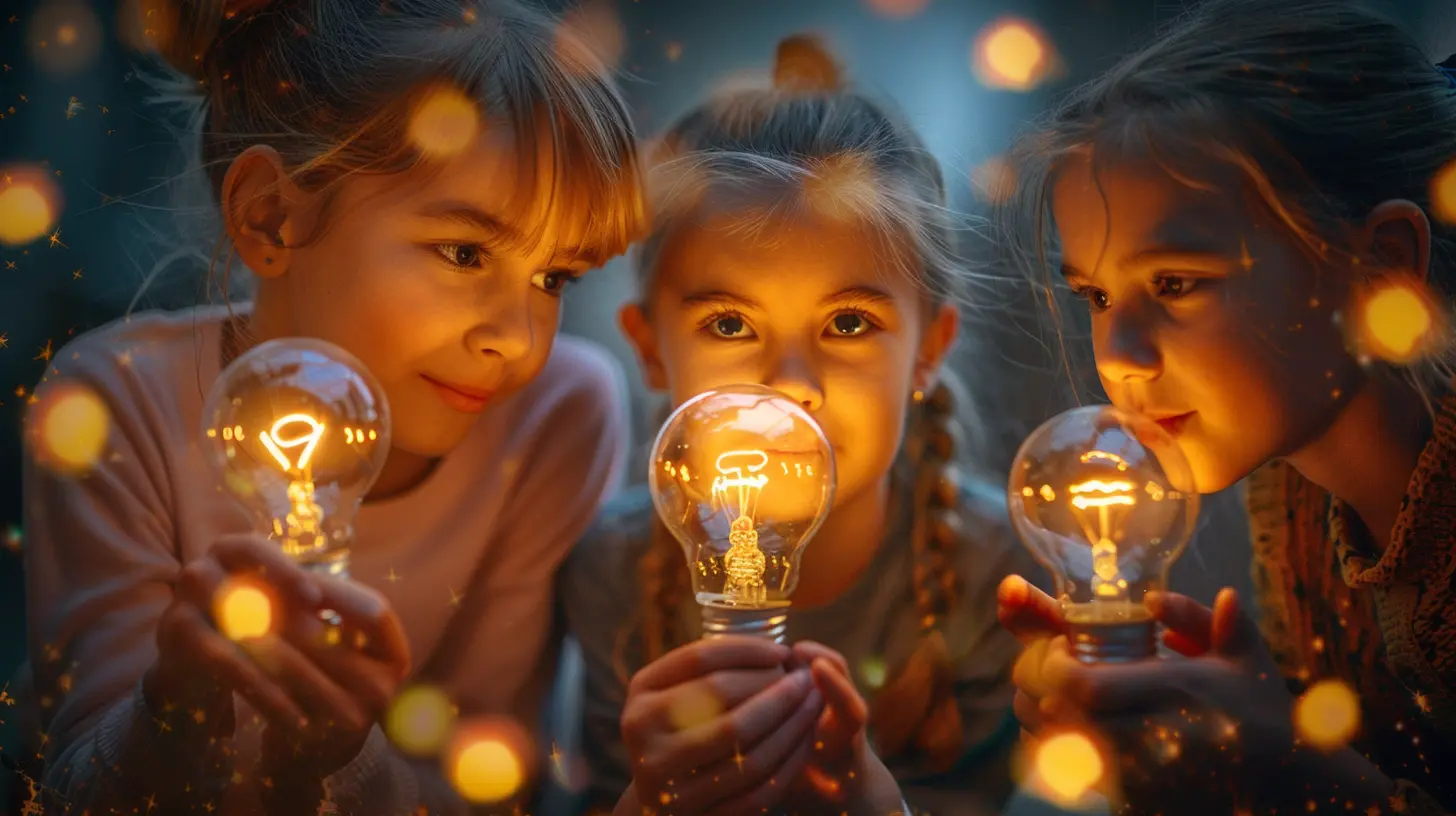
🎭 Step 3: Let Students Take the Lead
If students only ever follow instructions, how will they ever learn to think for themselves? Exactly—they won’t.Let students take the driver’s seat by:
- Choosing their own project topics.
- Designing their own experiments.
- Solving real-world problems in their communities.
For example, instead of just studying environmental science, let them create a recycling program for the school. Let them invent solutions for everyday problems (like why school lunches are always mysteriously lukewarm). The more control they have over their learning, the more invested they’ll be.
📚 Step 4: Ditch the One-Size-Fits-All Approach
Not every kid learns the same way. Some are visual learners, some need to hear things out loud, and some (bless their hearts) learn best by taking something apart and putting it back together (sorry, school computers).Instead of a one-size-fits-all approach, why not mix things up?
- Use a blend of videos, discussions, hands-on activities, and group work.
- Let students explore topics in ways that make sense to them.
- Allow for creative projects instead of just traditional tests.
When students can learn in the way that works best for them, they’ll stay curious and engaged instead of zoning out.
🌍 Step 5: Connect Learning to the Real World
Ever heard a student ask, “When am I EVER going to use this in real life?” Yeah, me too.That’s why schools need to stop teaching subjects in isolation. Instead, they should:
- Show how math is used in architecture, sports, or gaming.
- Let history lessons connect to current events.
- Bring in guest speakers who use these skills in their jobs.
When students see the real-world impact of what they’re learning, curiosity skyrockets. Suddenly, they’re not just memorizing facts—they’re uncovering how the world works.
🤹 Step 6: Embrace Failure (Instead of Fearing It)
Schools are obsessed with grades, perfection, and getting things right on the first try. But here’s the thing: innovation is messy!What if Thomas Edison gave up after his first failed lightbulb attempt? Imagine if Steve Jobs quit after his first flopped product? (We’d still be using flip phones, people!)
Failure isn’t the opposite of success—it’s a stepping stone to success.
So, let students fail safely by:
- Encouraging them to try wild ideas.
- Rewarding effort, not just correct answers.
- Showing that mistakes = learning opportunities!
When students stop fearing failure, they take more risks, experiment more, and come up with incredible ideas.
🚀 Step 7: Lead by Example
Let’s be real: if teachers and school leaders aren’t curious, why would students be?If we want kids to embrace curiosity, educators need to model it by:
- Asking their own questions.
- Admitting when they don’t know something (and looking it up together).
- Sharing their own learning journeys—because learning never stops!
When curiosity becomes the norm, it spreads like wildfire.
🎉 Wrapping it Up
Building a culture of curiosity and innovation in schools isn’t about fancy gadgets or reinventing the wheel. It’s about asking more questions, embracing creativity, and making learning exciting.Imagine a world where kids grow up thinking, "What if?" instead of "Whatever." That’s the kind of world we want, right?
So let’s start now. Let’s make curiosity cool again. Because the future belongs to the curious minds who dare to think differently!
all images in this post were generated using AI tools
Category:
Creativity In EducationAuthor:

Eva Barker
Discussion
rate this article
1 comments
Fallon Gilbert
To foster a culture of curiosity and innovation in schools, we must challenge the status quo. Encourage questioning, embrace failure as a learning tool, and provide resources for exploration. It's time to break free from outdated methods and empower students and educators alike to think boldly and creatively.
August 8, 2025 at 11:27 AM

Eva Barker
Absolutely! Challenging the status quo and embracing failure as a learning opportunity are essential steps in fostering curiosity and innovation in our schools. Let's empower both students and educators to explore boldly!


